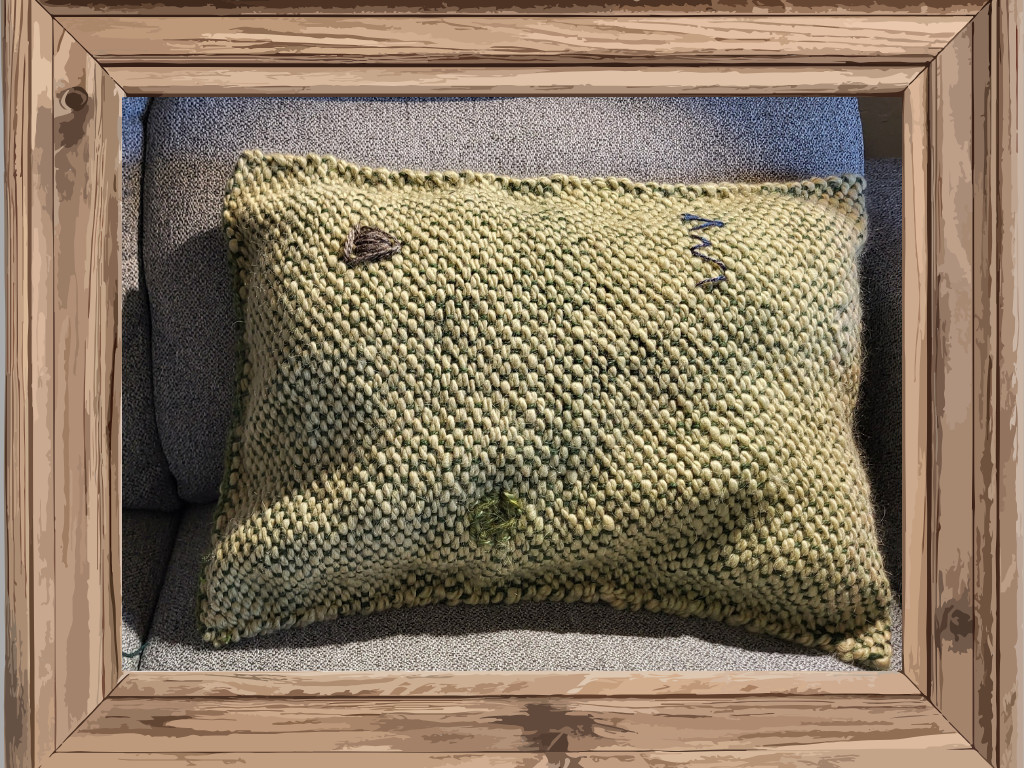Occasionally people ask, “Why are you focused on empowering disadvantaged artists on the other side of the world when there are so many people here (in Albuquerque and other places closer to home) that need help?”
On the one hand, that’s like asking, “Why do you love chocolate ice cream”? I’ve just always loved foreign languages and learning about other cultures, since my first Spanish class. I love international travel and always have, since my first 24 hour bus trip to Mexico in 9th grade. I’m a regular viewer of foreign language mystery and detective shows (usually watched with subtitles). I love the sounds of foreign languages, picking up words and phrases and starting to decipher what starts out as gobbledygook. I enjoy looking for the similarities and differences between American culture and the local culture depicted on the screen.
On the other hand, I believe at my deepest core that we (the people around the world) are inextricably connected. What happens “over there” affects us “here at home” and vice versa, even if we don’t always see it. The ripple effects are often hard to see when the action all takes place right in front of your eyes.
It’s the same principle behind one of the most thought-provoking benefits of foreign travel. Visiting another country often helps you see, examine, and appreciate your own culture in a way that you can’t when you’re immersed in it. When you step outside your “home” culture, it stops being just the air you breathe. You can start to see it more objectively, and appreciate other perspectives on things you take for granted.
So what does all that have to do with the traditional Silk Road arts and why should you care? Why does it matter to you? To the larger “us” in New Mexico, the USA or the “West”?
I believe, and I partner with artisans in Central Asia who also believe, that our partnership can help transform the world. Wow! That sounds a bit grandiose doesn’t it? Every big change, however, begins with small steps. That’s what we’re up to, and why we want you to become our partner as well.
Before looking at the transformative power of art, we should take a quick look at the “fast fashion” world that we live in today. What is it that we’re out to change?
Fast fashion is the term used to describe clothing designs that move quickly from the catwalk to stores to take advantage of the latest trends. The collections are often based on styles presented at Fashion Week runway shows or worn by celebrities, with new collections being introduced continuously.
Innovations in supply chain management among retailers make fast fashion possible. The biggest “innovation” in the supply chain is moving production overseas, where companies can take advantage of lower labor and production costs. Most American buyers don’t realize the ugly reality behind that cute dress or blouse that only costs a few dollars, and, if you can wait, may have the price cut by 50% or even 75% at the end of the season. If you pay only a few dollars for an item, that means the makers are likely receiving pennies for their work.
Let’s go behind the curtain and look at some of the ugly statistics behind fast fashion.
A Few Sad Statistics Behind Fast Fashion

Source: EARTHDAY.ORG
These statistics come from the fashion world, but the home décor industry follows the same patterns.
It’s not a pretty world! And we can’t avoid the global ripple effects just because they aren’t right in front of our faces.
So what’s the alternative? It’s a complex world, and there are many ways to begin to address these problems. At HoonArts, we have chosen to partner with master artists in the Silk Road countries of Central Asia to transform the world using the lens of the traditional handmade arts.
Stay tuned for next week, when we’ll continue our series on Transforming the World Through the Silk Road Arts with Part 2: Art is A Cultural Anchor and a Connector.







Leave a comment